Last night saw Super Cute Animals air on BBC One - a must-see catch-up available on BBC iPlayer for anybody who calls themself an animal lover.
Here are some of our favourites that we met in the show, and some facts about them.
Fennec Fox
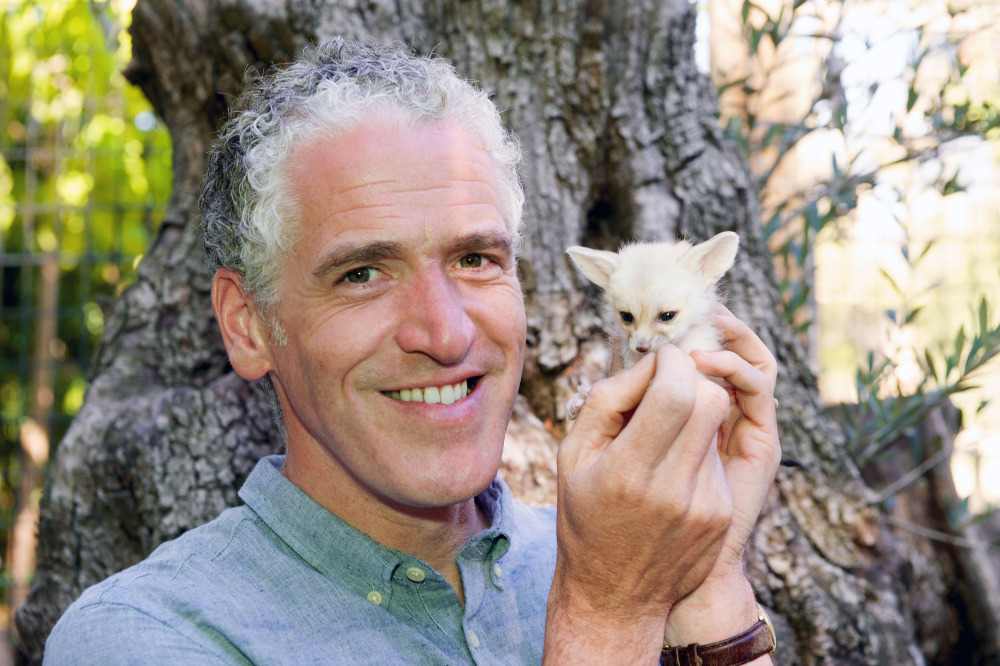
The smallest of all the foxes on the planet, the fennec fox weights in at around 1kg, and hides a ferocious set of teeth behind its cute little button nose. Helping them to walk across hot sand, they have furry little feet and big bat-like ears that allow the fennec fox to pinpoint prey, even when buried under sand. Lined with blood vessels, their ears act as radiators and help to cool their body temperature in the extreme sun of the Sahara.
African elephant
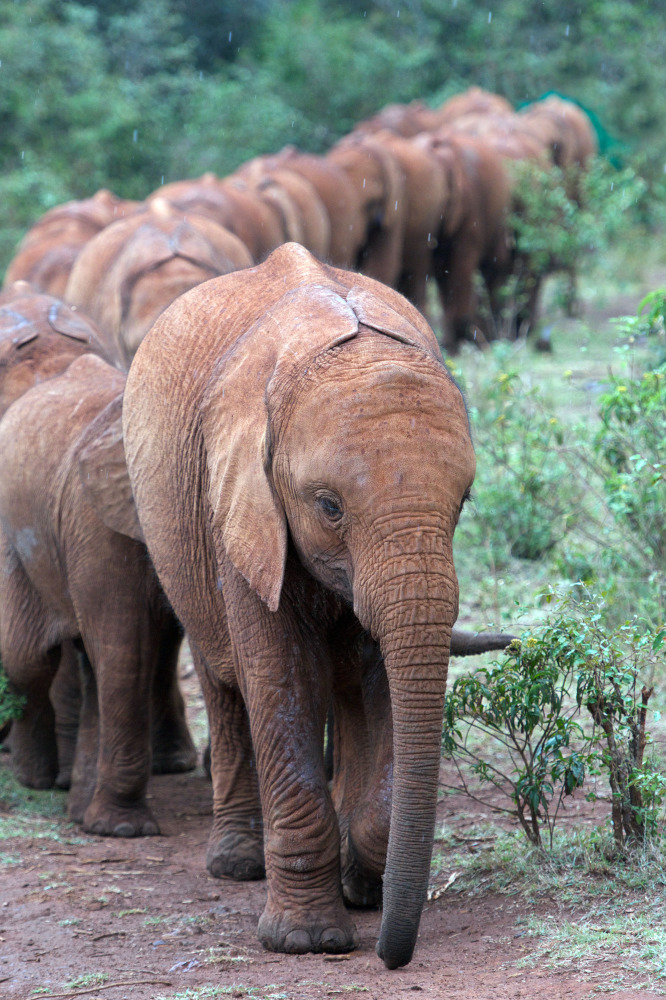
As the largest land mammal around, the African elephant can grow up to 13ft (4m) at shoulder height and weighs around 6,350kg (14,000lbs). They can live for up to 70 years and are famed for their wisdom and memory - something that isn't a myth. Whilst male elephants are lone rangers, the females herd together with juveniles to teach them the ways of life, such as finding water and food. Though their trunks are something to be proud of, there's something adorable about watching an elephant calf learning and failing to use the muscles of their trunk - something which they'll soon use as one big magnificent multi-tool.
Great apes
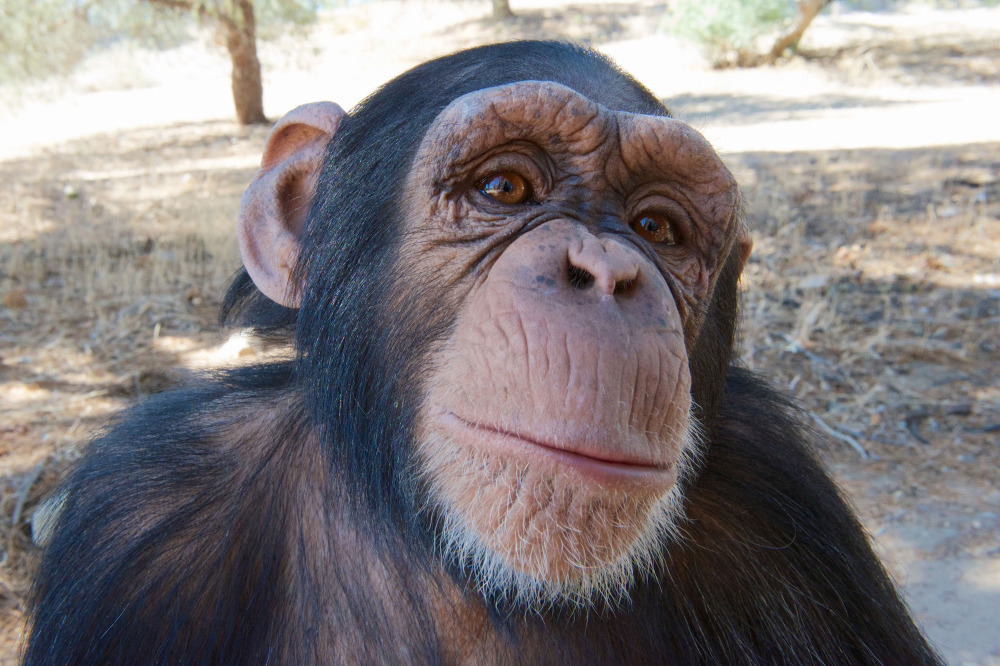
Belonging to the family group 'Hominidae', great apes sit alongside bonobos, chimpanzees, gorillas, orangutans and even humans, with the great apes being the largest of the primates, and the men always being bigger than the females. Research has noted that when ticked, members of the great ape family produce a similar sound to that of humans, and after a closer investigation it was discovered that the bonobos - our closest cousin - had the most similar laugh to us.
Sea otter
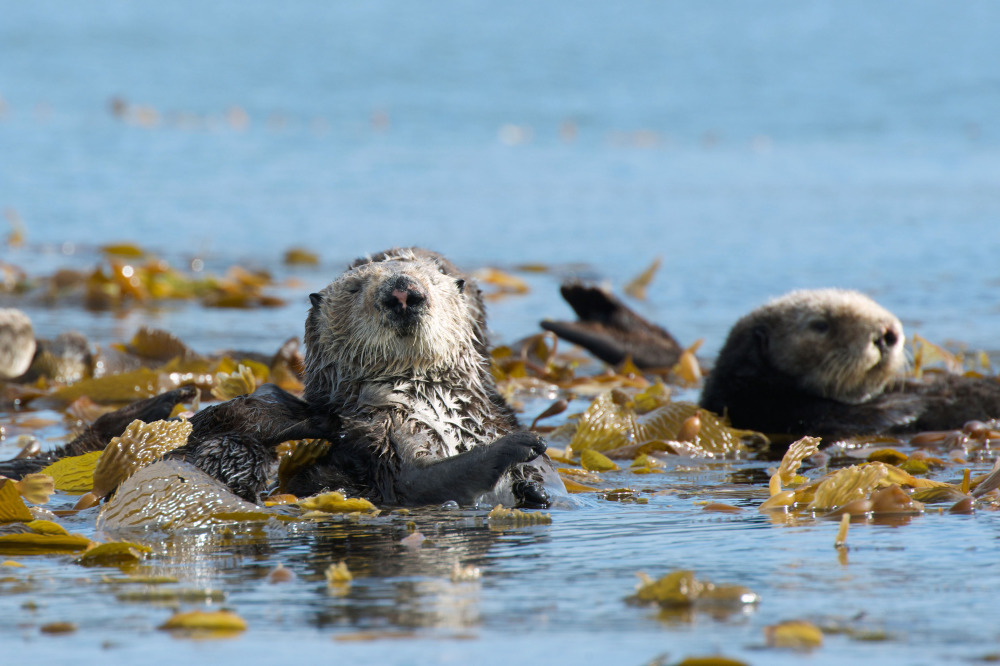
As a member of the weasel family, the sea otter is one of only 13 species of otter and can be found on the Pacific coasts of North America and Asia, spending most of their lives in the water and, unlike other species of otter, giving birth in the water. Furriest of all, they have an amazing 1 million hairs per square inch of body, with tough guard hairs coated in oils to provide a waterproof barrier for their dense yet soft under fur. Buoyancy and insulation is given to the otters when their hair is fluffed up, as the soft fibres trap air and prevent cold water from getting to their skin.
Koala
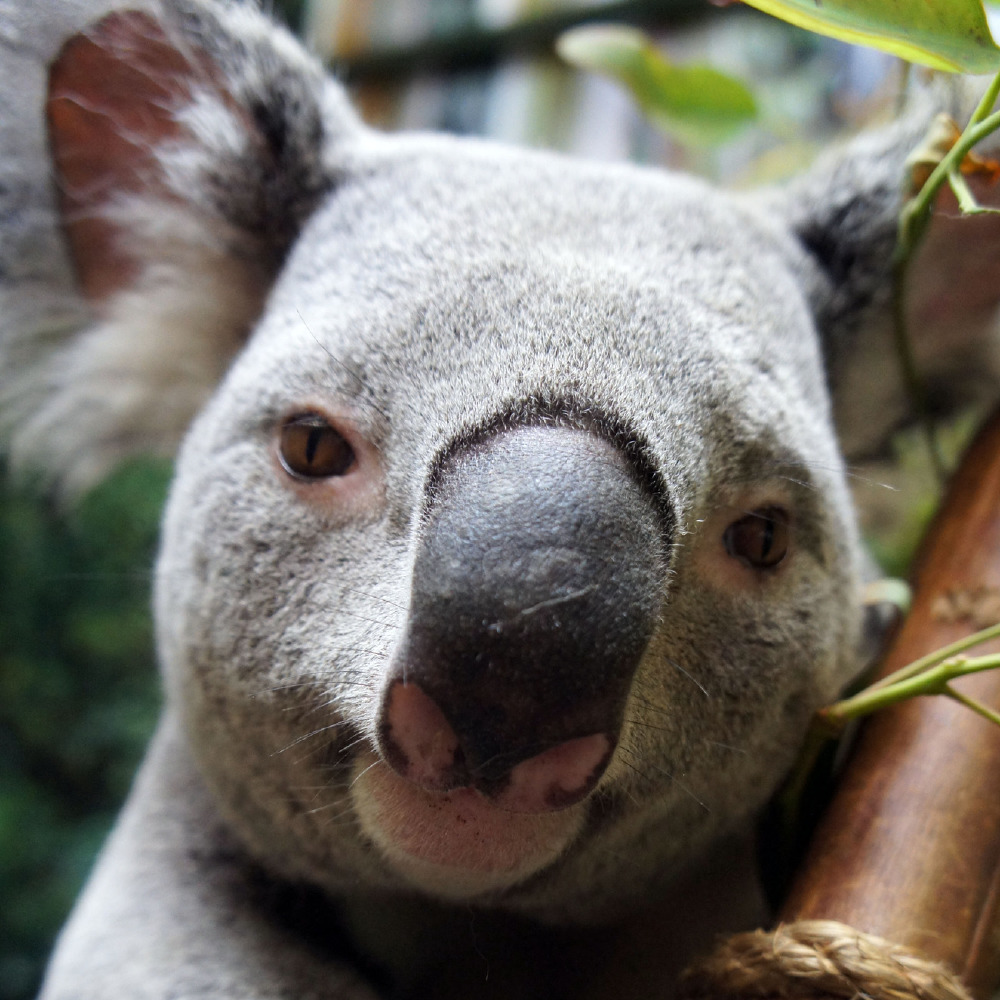
Though many call the animal a koala bear, this is one piece of nature that's simply called a koala - a hugely popular piece of Australian wildlife that's known for being lazy and sleeping in branches of trees, escaping predators on the ground. As marsupials, their offspring are born undeveloped and crawl across their mother's fur, into their pouch for 6 months to suckle on milk and 'pap' - a liquefied form of their mother's faeces. Never sweating, koalas pant and lick their fur to cool off, but scientists discovered that hugging trees allows koalas to get rid of excess heat, by pressing their thinner abdominal fur against the tree trunk, before moving to lower, cooler parts of the tree in hot weather.
Giant panda
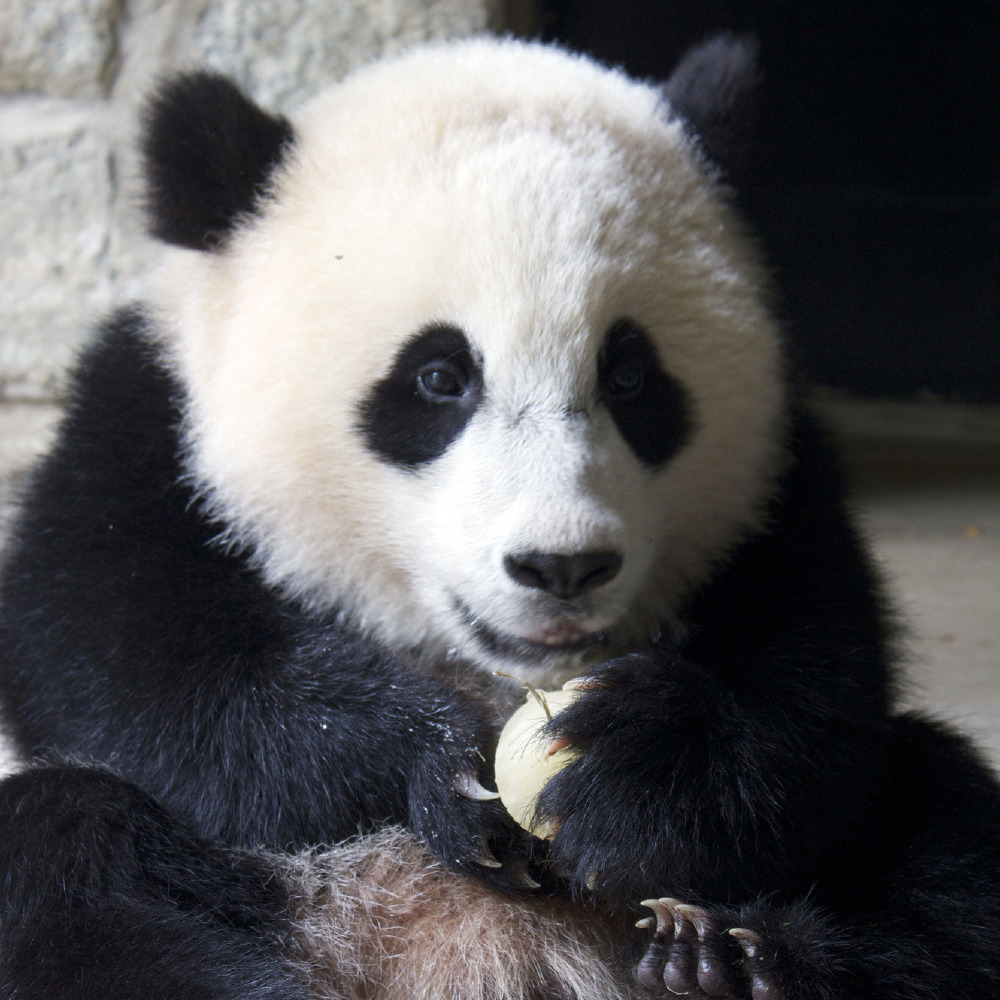
Despite it's name, there's no relation between the giant panda and the red panda. As the rarest of the 8 species of bear, they live in only a few mountain ranges in central China, well known for its vegetarianism. Able to put away up to around 18kg of bamboo each and every day, the calories are so low that the panda has to eat almost constantly, giving its jaw a workout and packing it with muscle and dense bone. However, though it looks snuggly, this is a bear that has a stronger bite than a polar bear.

